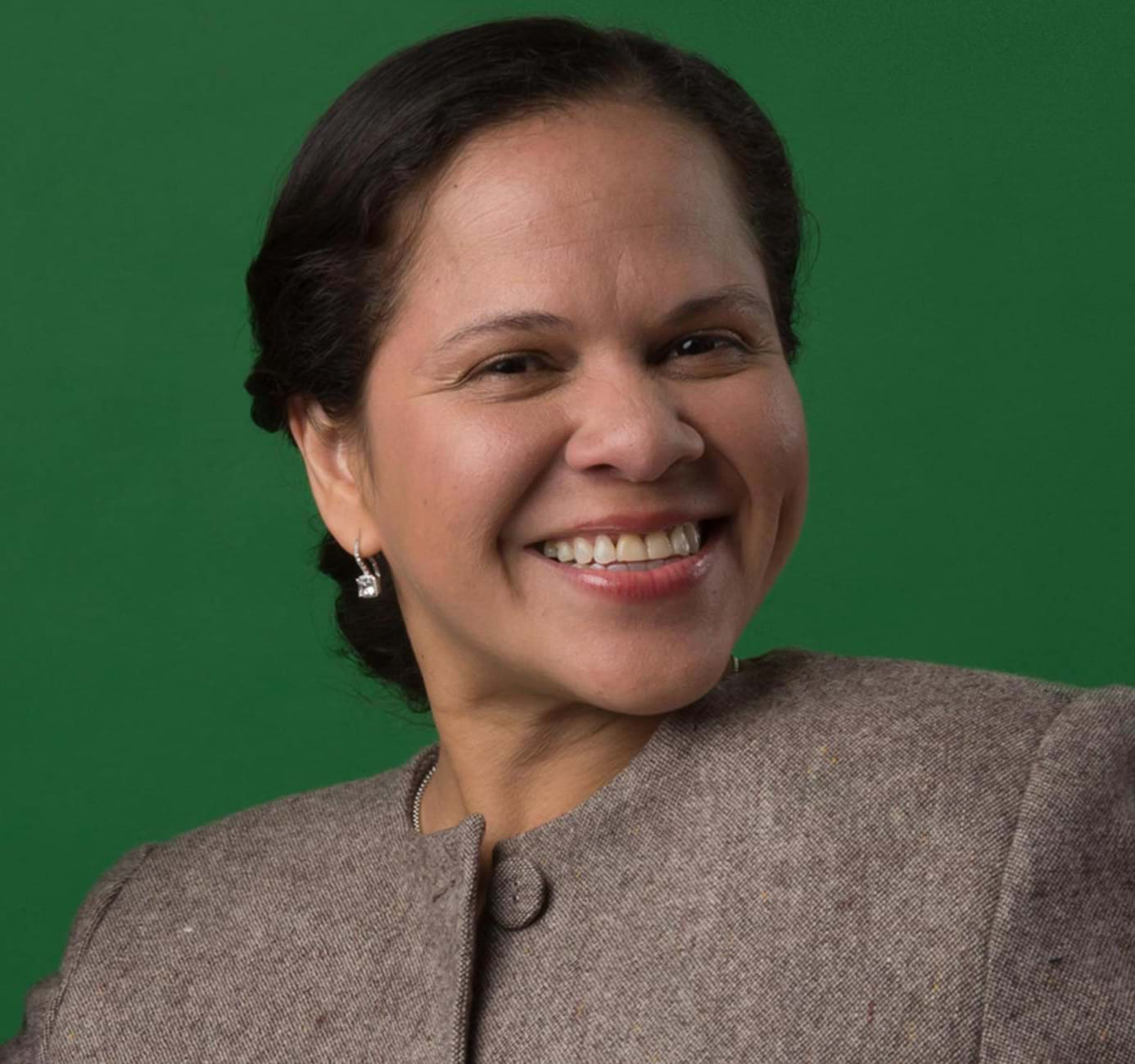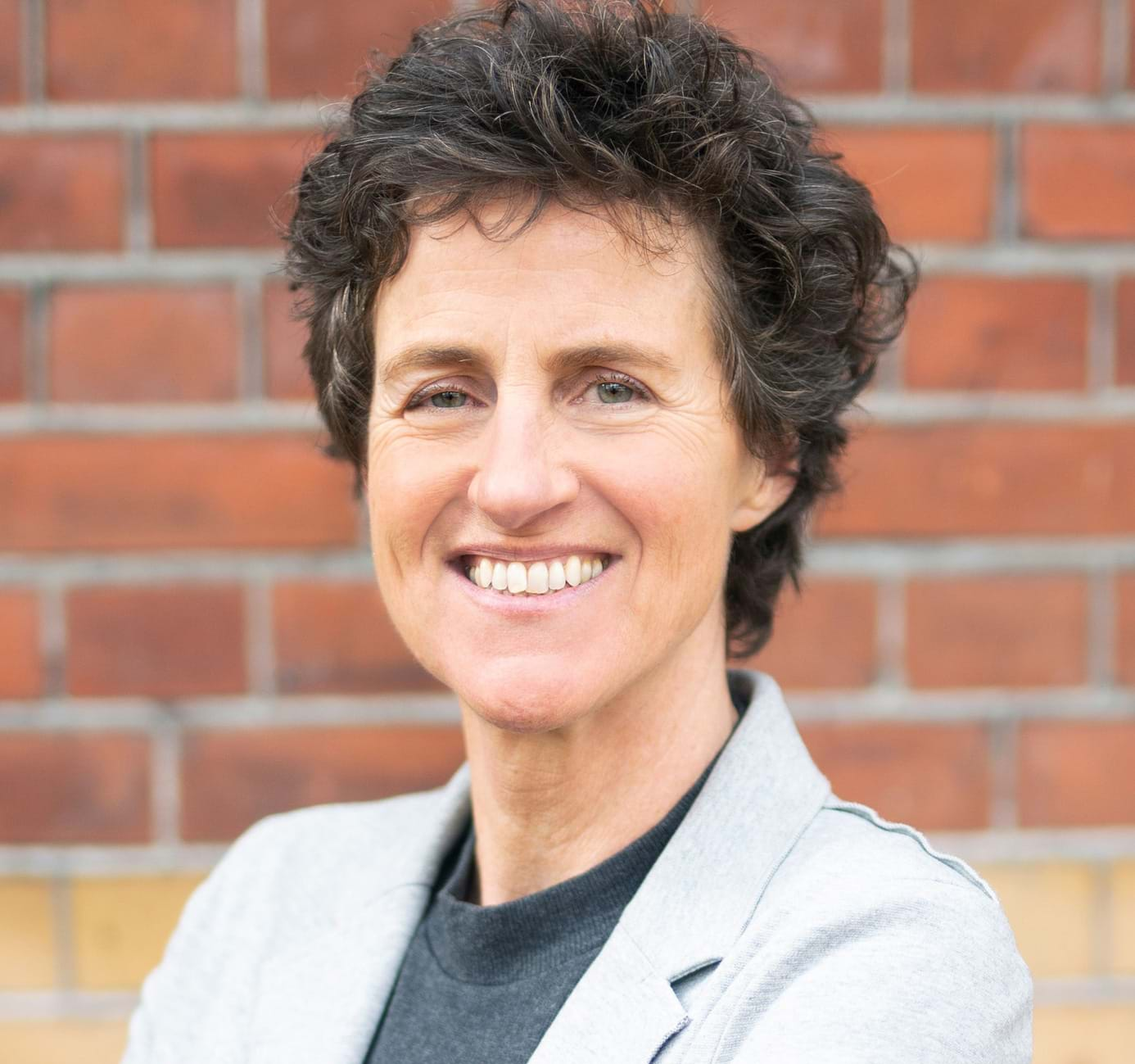How Indigenous and Traditional Peoples’ Organizations Are Building Greater Financial Strength
This article captures key insights and examples from the financial resilience journeys of Organizaçion Nacional Indígina de Colombia (ONIC), Aliansi Masyarakat Adat Nusantra (AMAN) in Indonesia and Friends of Lake Turkana (FoLT) in Kenya, and explores how different world views inspire different financial resilience practices.
There are an estimated 476 million indigenous peoples across 90 countries around the world. These indigenous peoples have use or management rights over more than one quarter of the world’s land, and they manage, own, use, or occupy lands that are home to much of the world’s biodiversity. They also represent 5,000 different cultures and speak an overwhelming majority of the world’s estimated 7,000 languages.
While indigenous peoples make up about 6% of the world’s population and are stewards of a significant proportion of the natural world, they represent more than 18% of those living in extreme poverty. Clearly, strong indigenous and traditional community-led organizations are needed for both their communities’ well-being and the sustainability of the entire planet.

International Program Director, Gender, Racial, and Ethnic Justice

CEO & Founder, Spring
Today, more people and organizations that support social and ecological justice and sustainability, including funders and investors, are recognizing that indigenous peoples must be an important part of addressing the challenges facing humanity–from climate change to inequality
The financial resilience of indigenous organizations, therefore, is important to us all.
With this in mind, we present four key insights on how indigenous and traditional community organizations and networks are building greater financial resilience and strength.

1. Matching finance with values
Approaches to financial resilience are deeply embedded in a broader world view and principles. For indigenous and traditional community organizations these are self-sufficiency, self-governance, reciprocity, collective wellbeing, the importance of short-term and long-term needs, and equitable and trust-based relationships and partnerships.
One such example is AMAN, which represents 17 million indigenous peoples in Indonesia across 2,400 communities. Although international funding has helped the alliance grow, AMAN’s intention is to continue growing the percentage of revenue raised from inside Indonesia through business activity, with the goal of strengthening the self-sufficiency of AMAN and its members. Sales of indigenous-based products, membership fees, and honoraria for public speaking and consulting currently make up 16% of total revenue, with the aim to grow this to 30% in five years and 50% in ten years.
When conducting external fundraising, AMAN ensures that it protects indigenous values, rights and interests.
“AMAN is very careful in selecting companies or state-owned enterprises as our donors,” says Arifin Monang Saleh, internal fundraising director of AMAN’s National Secretariat. “Many companies have their corporate social responsibility (CSR) funds and are willing to collaborate, but AMAN cannot work with them. This is the case when some of the companies’ activities are harming the environment and violating the indigenous peoples’ rights.”
Indeed, there is a strong culture of what people call in Indonesia “gotong royong,” or contribution and voluntary working practices within communities. However, as the works carried out by indigenous peoples are voluntary, it is challenging for AMAN to make calculations on the distribution of earned income from the businesses.
2. Defining meaningful results
Most funding and financing institutions believe their way of seeing is the right way, and the only way. High value is placed on numbers, individual achievements, and short-term results. Less tangible elements such as trust building, collective processes and longer-term, multi-generational impacts are considered less important.
One organization walking this challenging path of financial resilience and innovation is the indigenous-led organization ONIC in Colombia. It has a membership of 50 regional organizations with a national assembly and 10 councils playing different leadership roles. Collectivity, self-government, and cooperation are firm principles for the membership. However, Since grant contracts generally come with tight reporting deadlines, and expectations of short-term and quantifiable impacts, tensions have emerged with ONIC’s core values. ONIC’s member organizations approved a law of self-government in 2019 called Pacto para Volver al Origen (“Agreement to go Back to the Origins”)—but this too can make things challenging.
“We have a commitment to return to the origins, to strengthen culture, identity, and autonomy,” says Heber Tegria Uncaria, ONIC’s councilor for Planning, Administration and Finance. “Our role as indigenous peoples is to advocate for the environment and life itself.”
The tension between establishing financial resiliency and ONIC’s purpose is clear. “We can build our administrative and financial capacity, but if we lose the philosophy of life and our customs, we are not doing anything,” says Uncaria. “As peoples who have existed for thousands of years, we must maintain our differences and authenticity. The organizational processes have to be strengthened but without neglecting the cultural values that the Ancestors have entrusted. And not only for indigenous peoples but for all of humanity, which is what ONIC does.”
In the future, ONIC also wants to have more funders who understand and commit to supporting their work to build the organizational strength of their member organizations. In particular, they seek more funding to strengthen the financial management capacities needed to build collective and sustainable businesses.

3. Balancing funder requirements with community needs
Sometimes, funders look for certain benchmarks, like cash reserves, when making funding decisions. Indigenous and traditional community-led organizations have to educate funders on other approaches and ways of life that can contradict these requirements.
In Kenya, the grassroots organization FoLT works with and on behalf of the communities within the greater Lake Turkana basin to demand their collective social, environmental, economic, cultural and territorial rights. The organization has a reserve fund as well as a sustainability plan, but it also dips into the reserve when local communities face urgent needs. Sharing the reserve fund with communities is about ensuring the well-being of the collective. However, it means that FoLT is not always able to live up to the standard of having three to six months of operating expenses. Ikal Ang’elei, FoLT’s Founder and Director calls it a “dance”:
“We cannot be financially resilient as an organization without the communities we work with also being financially resilient. We have to think about the ecosystem that we operate in: we are co-dependent. If we had this big tower in what would be a slum area, if we continued to build upwards, then we would work with our communities from that imbalance of power. There have been very tight moments in our financial well-being, mostly because we have made decisions to use our reserve resources to be there in solidarity with communities’ interests. At the same time, we need to take care of ourselves in order to have the energy to go into communities. Sometimes it requires that we take a bite so that we can nourish the rest of the community — like when you are on a plane and you are instructed to take care of yourself before you take care of the young ones in an emergency. So that has been the dance.”
High transaction costs are also a real concern, but FoLT is becoming more proactive and strategic in their relationships with funders. Ang’elei says:
“In our funder relations initially, we would respond to calls for applications and follow the money. Now, instead of running after money, we are focused on the partnerships we are making with funders. Instead of running, we have decided to settle and see which funders are interested in really being here with us, in a long-term relationship where we stick together. (…) Sometimes we have even received funding and we had to return it. I asked myself, ‘What time am I putting into writing funder reports and what time am I putting into the community?’”
FoLT plans to create a funder roundtable where donors can deepen their sense of engagement with the mission of social and environmental justice in the Lake Turkana basin.
4. Building strong relationships over time
Ongoing institutional strengthening of indigenous and traditional community-led organizations is important for programmatic effectiveness and impact. But it is also important for learning to better understand funders and transforming the relationship with the funding world to one of mutual understanding and benefit.
Indigenous and traditional community organizations create financial resilience in multiple ways. They do it by using the strength of their own knowledge and cultural values, while building bridges with other organizations, institutions, and funders.
Rather than pushing indigenous and traditional community-led organizations in the mold of dominant methods, this critical work is better served by a grant relationship based on trust and mutual learning. This means a rigorous selection and research process followed by a funding relationship with no strings attached, which transforms the relationship between the funding world and indigenous and traditional community peoples to one of mutual understanding and benefit.
In this worldview, financial resilience is foremost a relational resilience, requiring a strong heart and courage from all parties concerned. Not only will such resilience strengthen indigenous and traditional communities in terms of their rights and livelihoods, it will also accelerate the kind of stewardship of land and waters we need to address the complex and urgent challenges of our time.